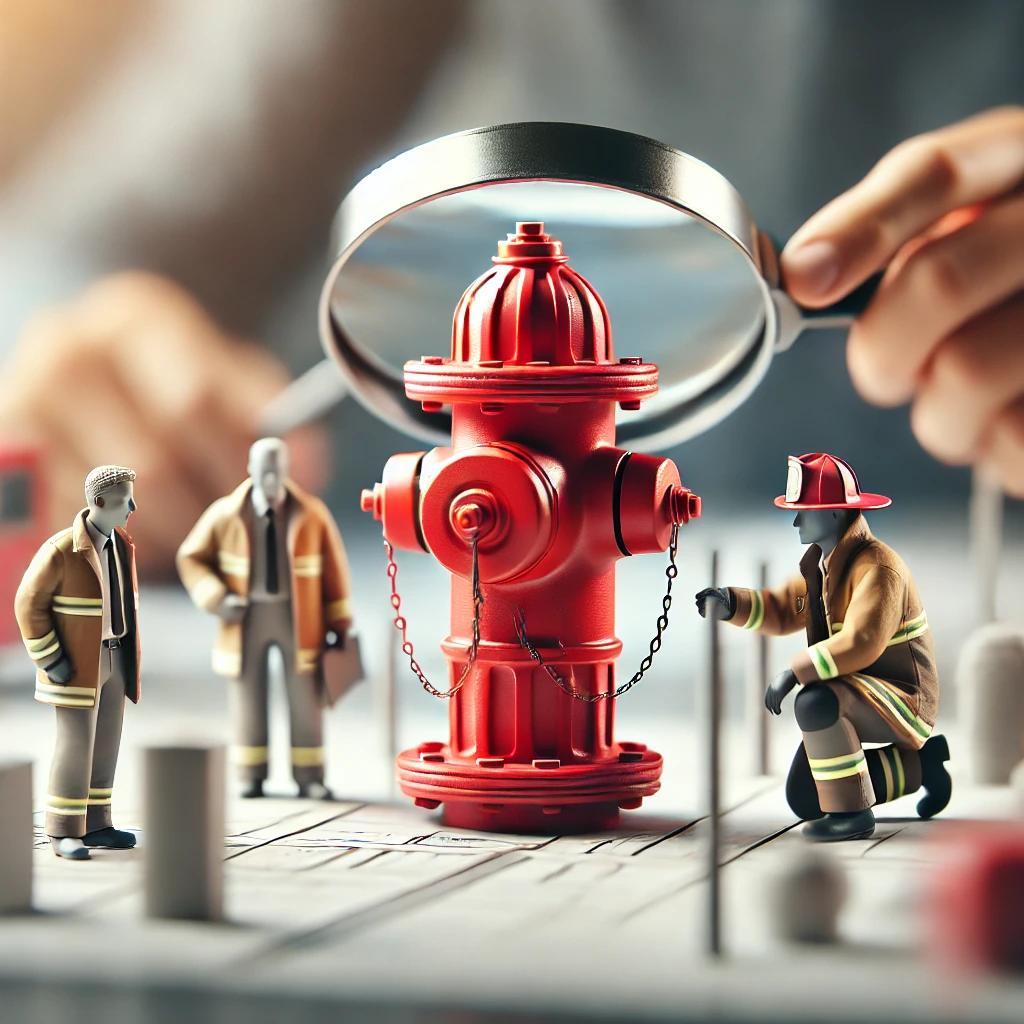Six Essential Facts About Fire Hydrants

How much do you really know about fire hydrants beyond the fact that you shouldn’t park next to them? For most people, unless you're a firefighter, your knowledge might be limited. This doesn’t raise concern until suddenly you find yourself needing assurance that your local fire hydrants are functioning properly. Just like any communal equipment, fire hydrants require regular maintenance.
Important Information About Fire Hydrant Maintenance
Annual inspections are crucial. Fire hydrants must undergo a yearly inspection as required by the National Fire Protection Association's Code 25. This applies to both publicly and privately owned hydrants. If you're unsure about the ownership status of the hydrants in your area, consult with your local township, city officials, fire marshal, or water company.
Your water bill might include inspection fees. For those whose hydrants are managed by a municipality or water company, it’s possible that inspection costs have been incorporated into your water bill. Contact your city or water provider to inquire when your fire hydrants were last inspected.
Private owners must manage their own inspections. Fire hydrants under private ownership require association leaders to arrange their inspections. It's essential to hire a certified hydrant inspector for this task. If you need assistance locating one, a professional property management firm can help.
Inspections are thorough. During the annual inspection, the certified professional will conduct a detailed evaluation—testing water pressure, checking for leaks and proper drainage, verifying the hydrant’s opening direction, examining all gaskets, inspecting the operating nut for any wear or rounding, ensuring necessary lubrication, applying Never Seize to nozzles, and assessing outlets, caps, and nozzles.
Reports are generated for each hydrant. After the inspection, a written report detailing the findings for each hydrant will be provided to you, with copies sent to the fire marshal. This documentation includes information on the shut-off valve location, potential requirements for conversion to National Standard Thread, compliance with NFPA bury standards, and any further action or repairs needed.
Inspectors can provide repair estimates. If any deficiencies are identified, your inspector will offer an estimate for parts and labor needed to make repairs. Timely repair work is critical—it could be a matter of life or death.
Ensuring the safety of your community and residents is paramount. Regular inspections and maintenance of fire hydrants are essential to keeping them in top working condition.





